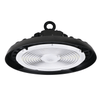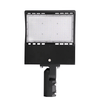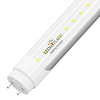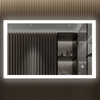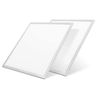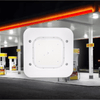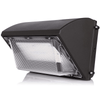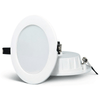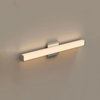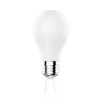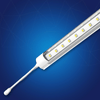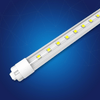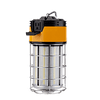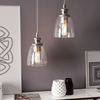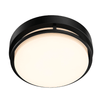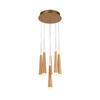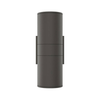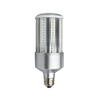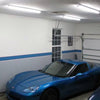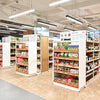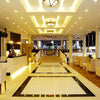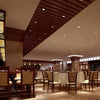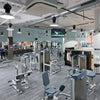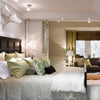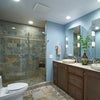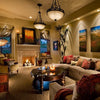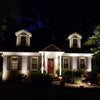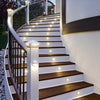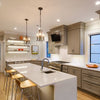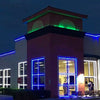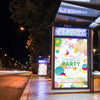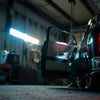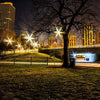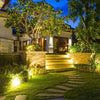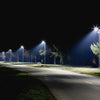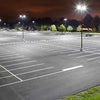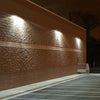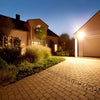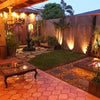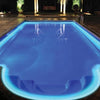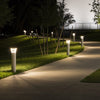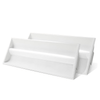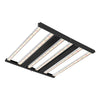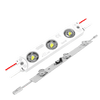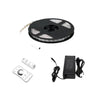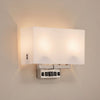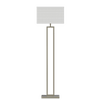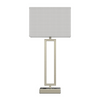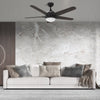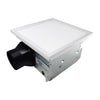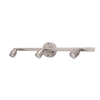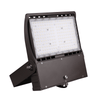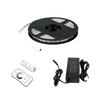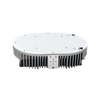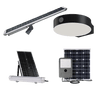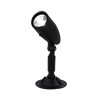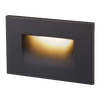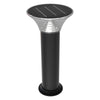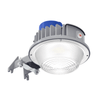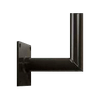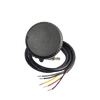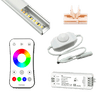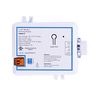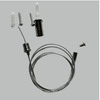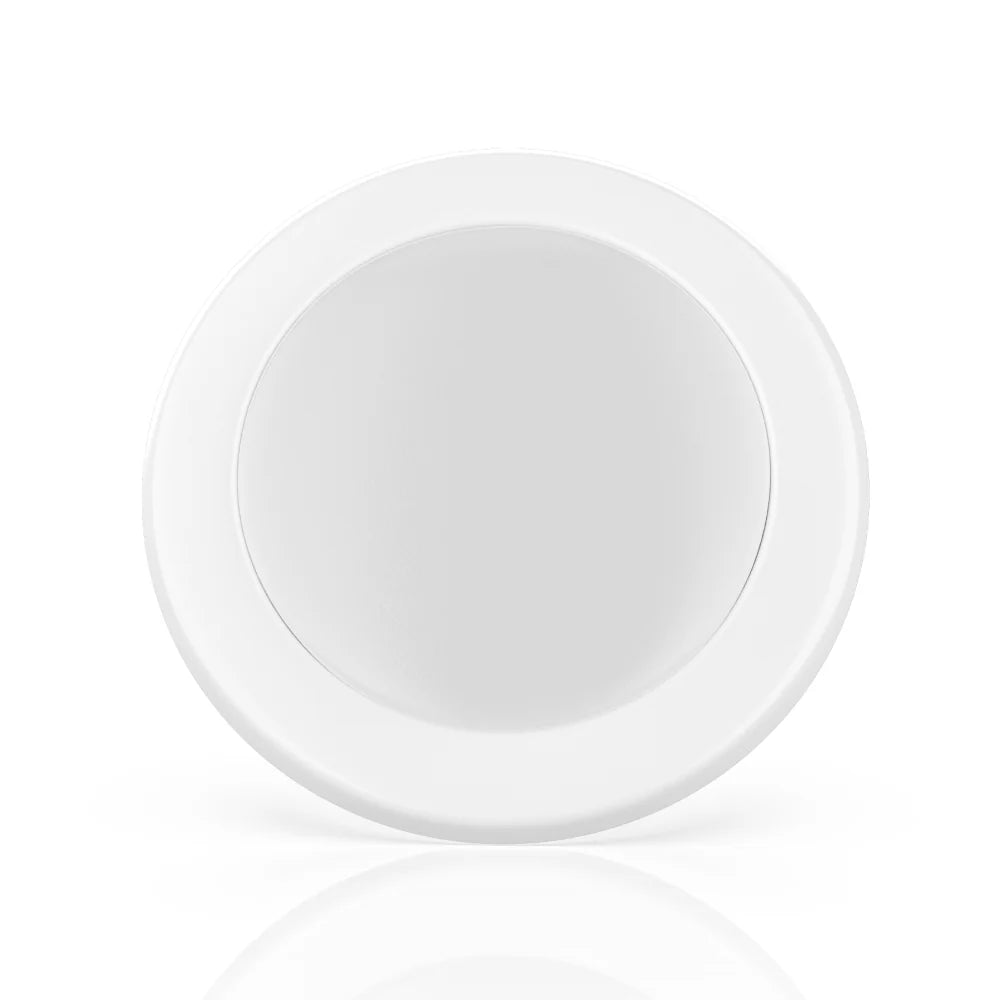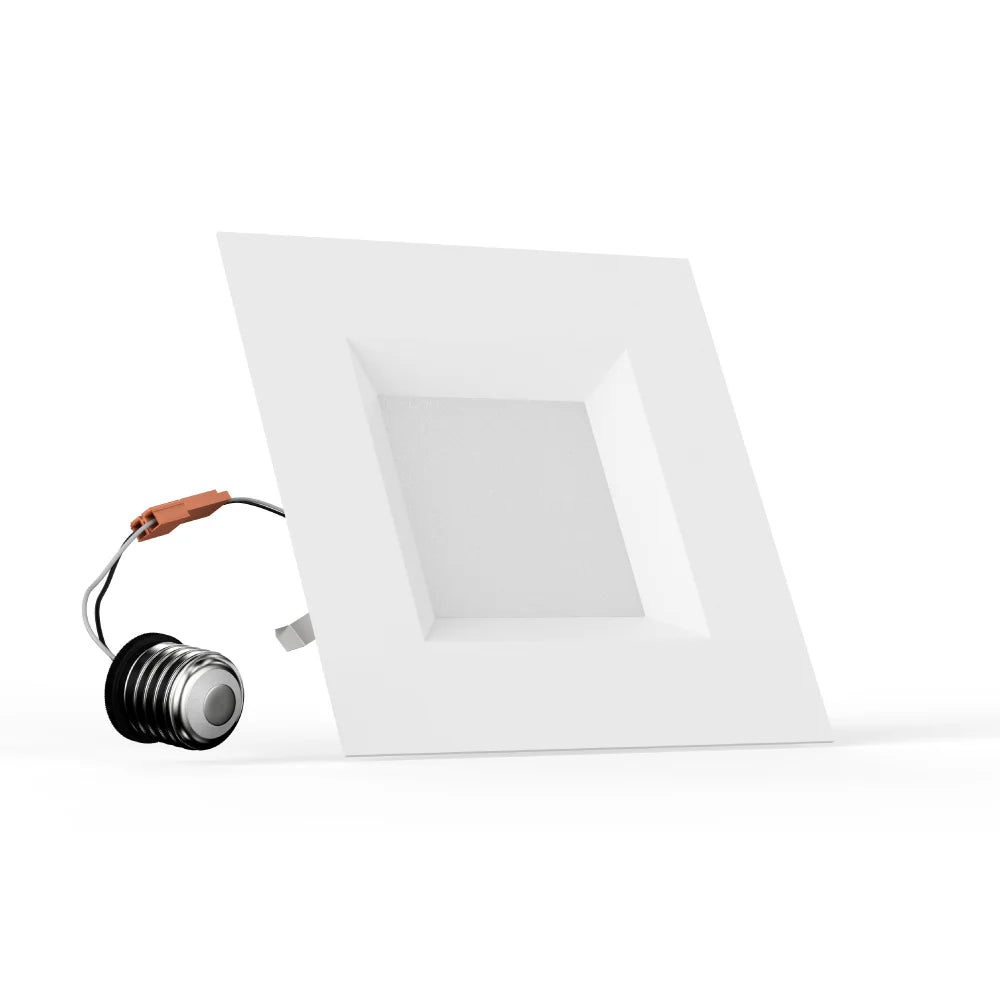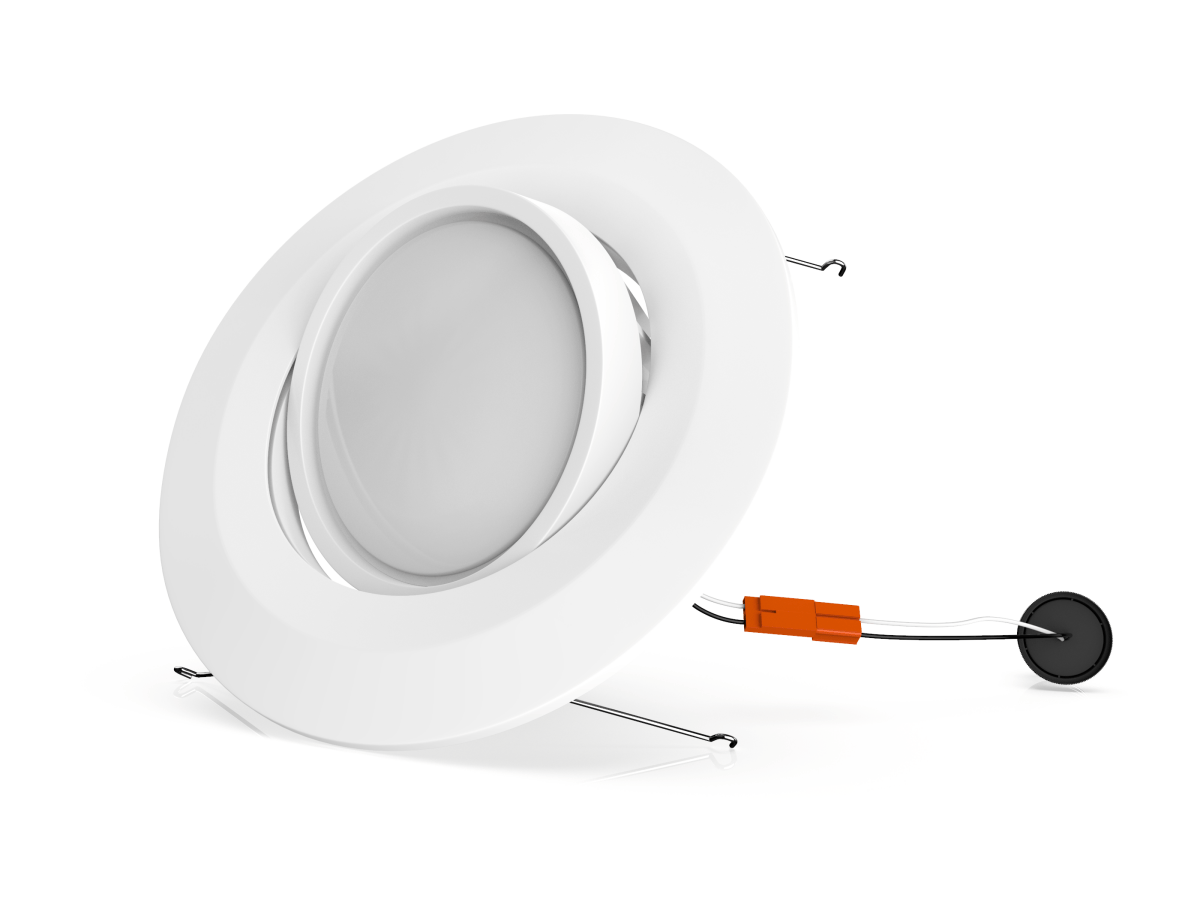Recessed Lighting has truly become an essential element of contemporary interior design to create balance and functionality in a space. Among the adaptable and advanced lighting choices is recessed lighting, commonly referred to as "can lights" or "downlights." Their subtlety and sleek design contribute to their popularity, providing a variety of lighting effects for any space. Whether you're revamping your living room, refreshing your kitchen, or creating an opulent bathroom oasis, the appropriate recessed LED downlights can enhance your area to new levels. In this guide, we will examine how to create the ideal recessed lighting arrangement to obtain both visual appeal and functional outcomes.
What is Recessed Lighting?
Before heading off to some design ideas for the layouts, let's have a quick look at what recessed lighting is. These lights are fixed directly into the ceiling with the housing tucked away, and the fixture thus blends flush with the surface. Unlike conventional fixtures, which hang or protrude, recessed lights give off a minimalistic style that makes them ideal for contemporary and modern settings.
The reason behind the increased usage of recessed LED downlights is mainly because of their energy efficiency, long lifetime, and focus on bright illumination. In addition to this, dimmable lights and adjustment of beam angles are available to provide maximum flexibility in all types of spaces.
Points to Consider Before Designing an Arrangement

It is not just a matter of spacing a few lights across your ceiling evenly to create the right recessed lighting design. Actually, it involves some planning and attention to detail. Here are some key things to keep in mind:
1. Purpose of the Room
Think of how you use the room. Is this going to be a guest entertaining space, like a living or dining space? Or is it for function, like a kitchen or home office? Purpose has everything to do with types, locations, and sheer number of recessed lights. Task illumination makes more sense in a kitchen while ambient lighting on a living room makes better sense.
2. Ceiling Height
The height of the ceiling will determine the spacing and beam angle of your recessed lighting. For ceilings under 8 feet, you'll want lights with a narrower beam to avoid overwhelming the space. For higher ceilings, you may need more fixtures or lights with a wider beam spread to cover the area evenly.
3. Natural Light
Note the daylighting sources in your space. If there are large windows in a space, recessed lights might be less necessary during the daytime. However, rooms with little to no natural daylight will require strategic placing of recessed lighting.
4. Fixture Spacing
General guideline is spacing recessed lights approximately half the height of the ceiling. That is, for example, if the ceiling height in your room is 10 feet high, space your lights roughly at about 5 feet. In this way, distribution is evenly achieved and will not result in an area being either too bright or too dim.
This is the designing of the layout for your recessed lights: equal opportunity to a balance between form and function. Let us explore the steps to help you achieve a seamless look.
Prepare a Lighting Plan
Create a basic drawing of your room, pinpoint areas where lighting is essential. Segment the area into zones- ambient, task, and accent lighting; consider where recessed lighting can serve its purpose.
-
Ambient lighting refers to illumination that creates a sense of brightness in a space.
-
Task lighting focuses on specific activities such as cooking, reading, or grooming.
-
Accent lighting highlights architectural features, artwork, or textured surfaces.
For instance, you might use recessed lights over countertops to provide task lighting, whereas in a dining space, you could place dimmable recessed LED downlights for ambient illumination.
Layer Your Lighting
Layering is a key to a good recessed lighting layout. While recessed lights alone can give a flat, hard feel to the space, use them in conjunction with other light types, such as pendants, sconces, or chandeliers. It gives depth and dimension to your interior.
For instance, the under-cabinet lights in the kitchen can be paired with recessed lighting to serve both functional and aesthetic needs. In the living room, recessed lighting can enhance floor lamps or wall fixtures for a cozy atmosphere.
Location
Ensure that recessed lighting is installed precisely so as to achieve the required effect. Prevent the installation of fixtures too close to walls, which may create unwanted shadows or "hot spots." For wall-washing effects (lighting a vertical surface), space the lights approximately 2-3 feet off the wall and 4-6 feet apart.
Install recessed LED downlights above a vanity mirror for a bathroom for the elimination of shadows on your face. Moisture-resistant fixtures would be required in humidity-prone places, such as near showers or bathtubs.
Try Dimmers
Dimmers are a recessed lighting layout game-changer. You can dim it to set the mood for any occasion or brighten up the lighting. You can install dimmers in different zones within the room and adjust them according to your needs during the day. For example, dim lighting at movie nights or brighten it when partying happens.
Popular Recessed Lighting Ideas for Different Rooms

-
Living Room: Use recessed lights to define specific seating areas or highlight a fireplace. Add adjustable lights to direct focus on artwork or bookshelves.
-
Kitchen: Combine recessed lighting with pendant lights over the island for a functional and stylish setup. Position task lights under cabinets and above workspaces.
-
Bathroom: Install moisture-rated recessed lighting above the shower and around the vanity for a clean, polished look.
-
Bedroom: Create a relaxing atmosphere with dimmable recessed lights and consider using them for subtle accent lighting above the bed.
Final Thoughts
Designing a perfect recessed lighting layout is one of the more thoughtful things one can do, however, the payback is totally worth it. Understanding your space's needs, layering different types of lighting, and strategically placing recessed LED downlights will achieve an aesthetic look that's both functional and visually pleasing. These fixtures are, in fact, the unsung heroes of modern interior design, they bring style while enhancing any room's ambiance.
Ready to transform your home through the magic of recessed lighting? Explore our extensive collection at LEDMyPlace for high-quality recessed LED downlights with style, energy efficiency, and durability. Explore our assortment or schedule a video consultation with our design experts to bring your lighting vision to life!





